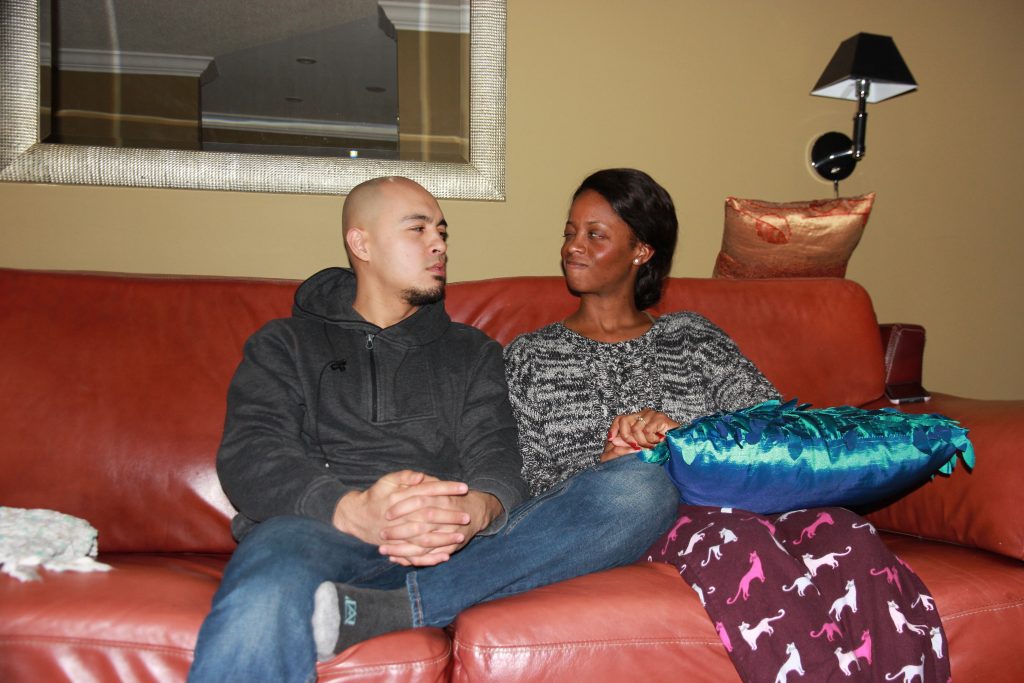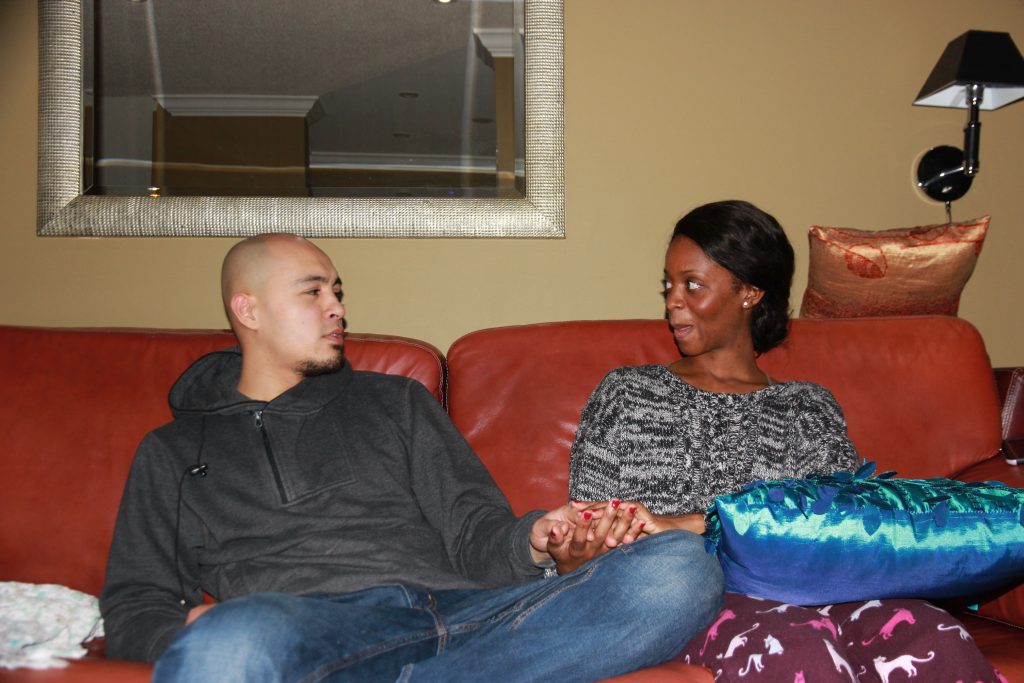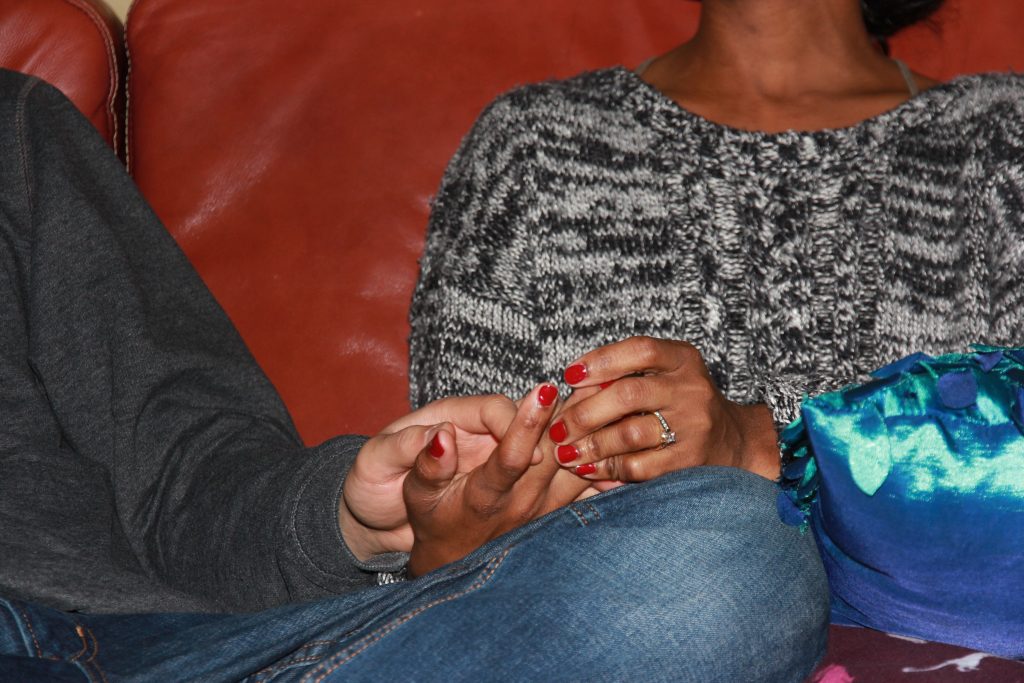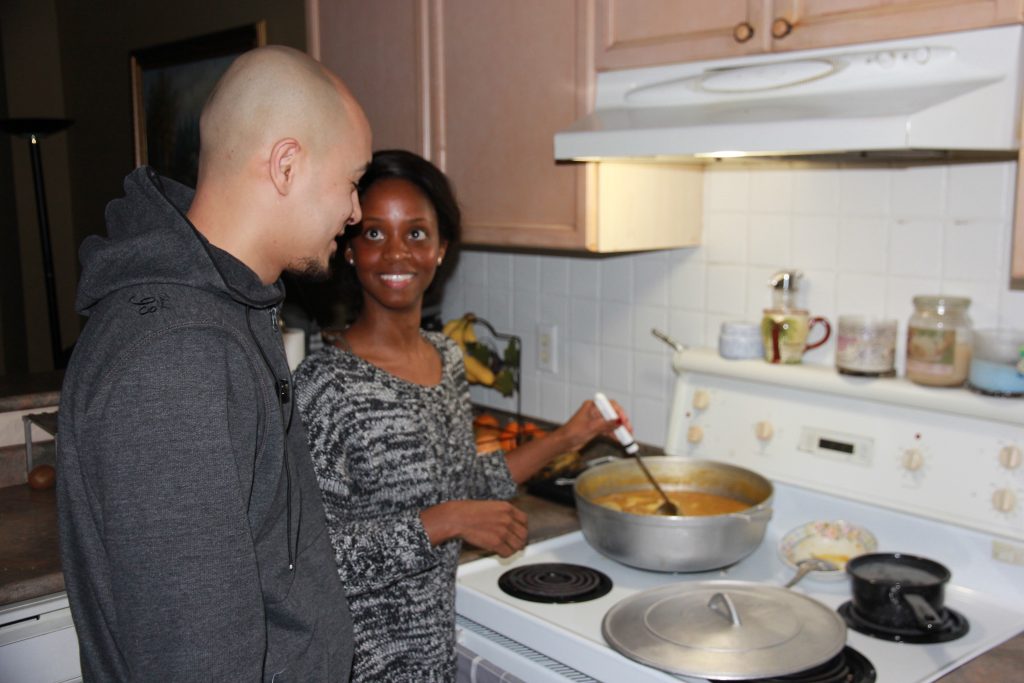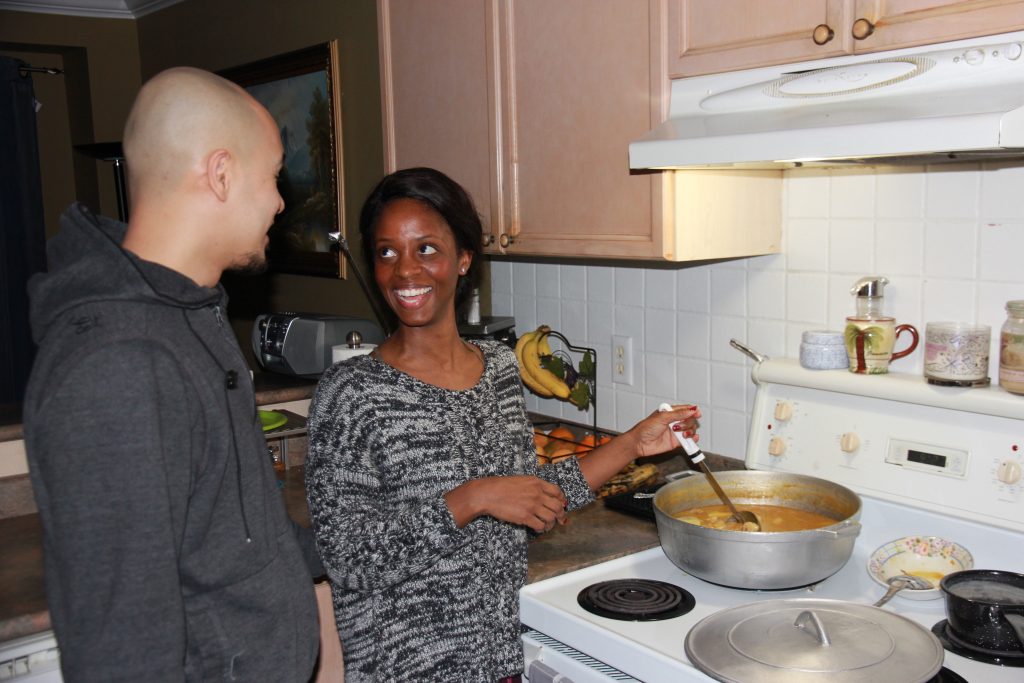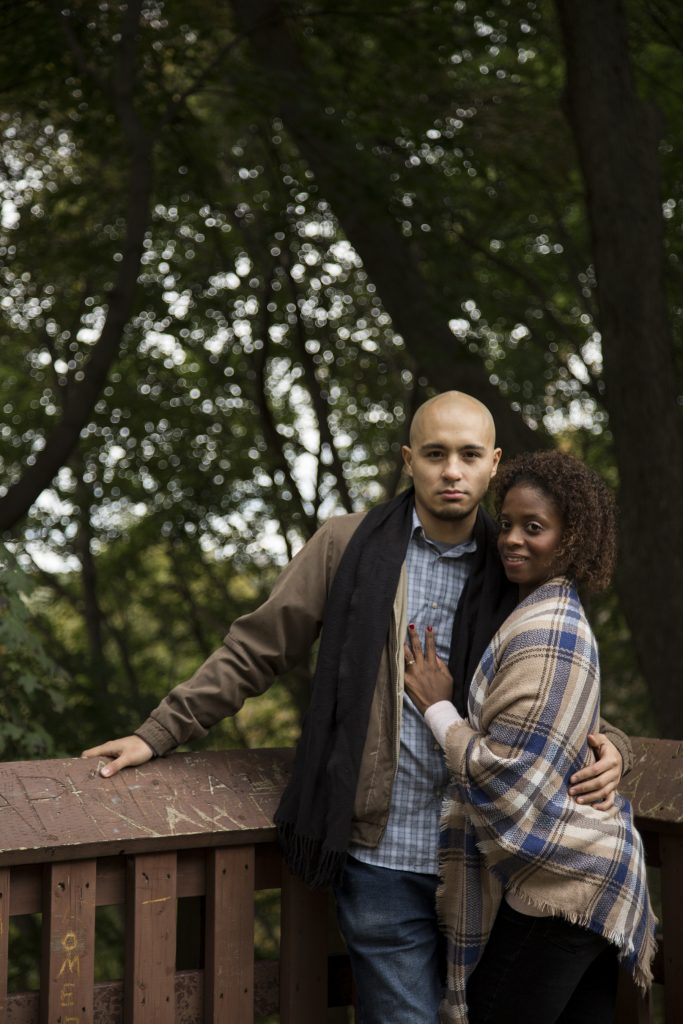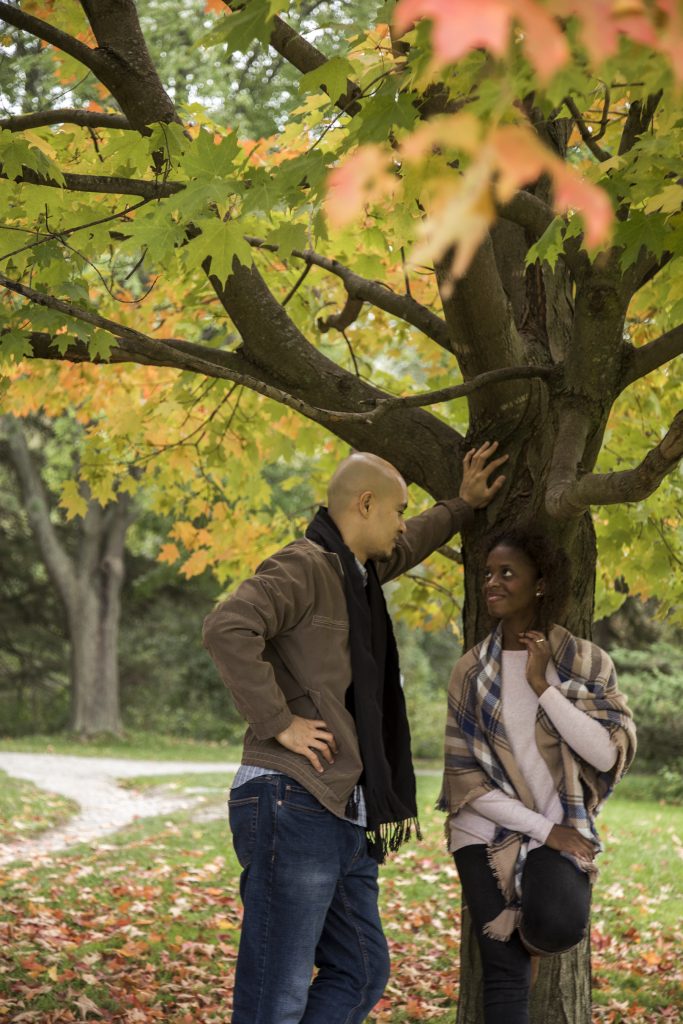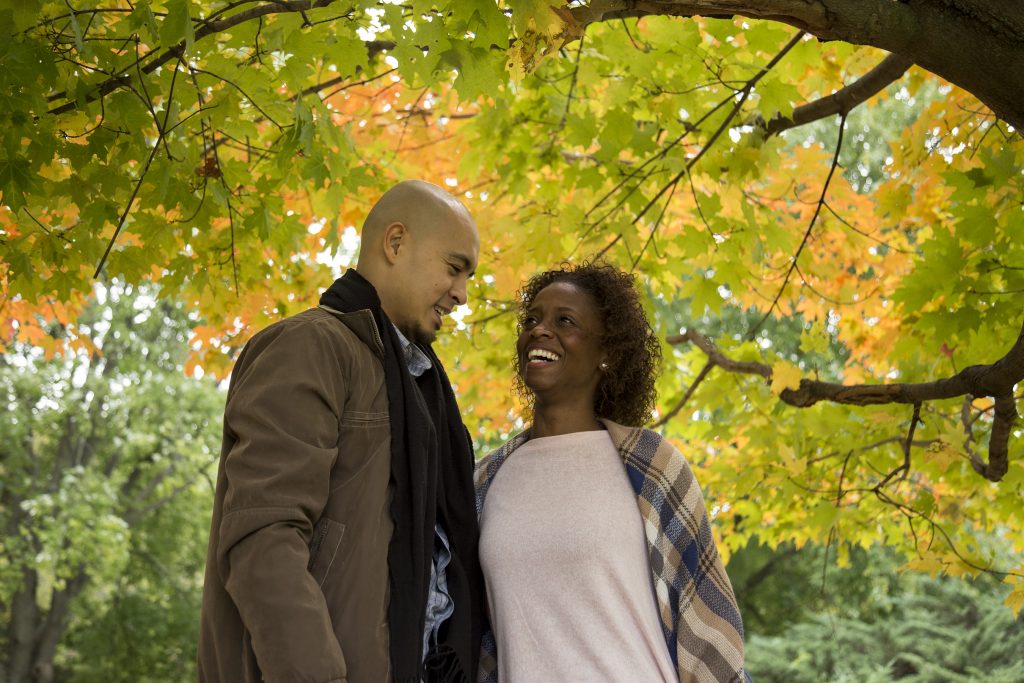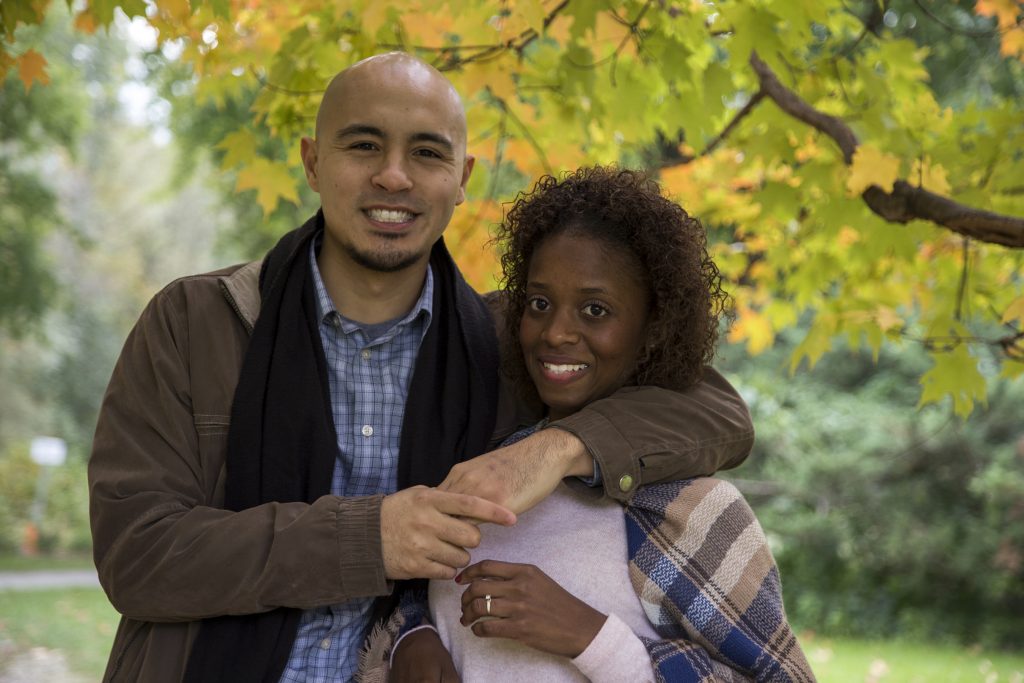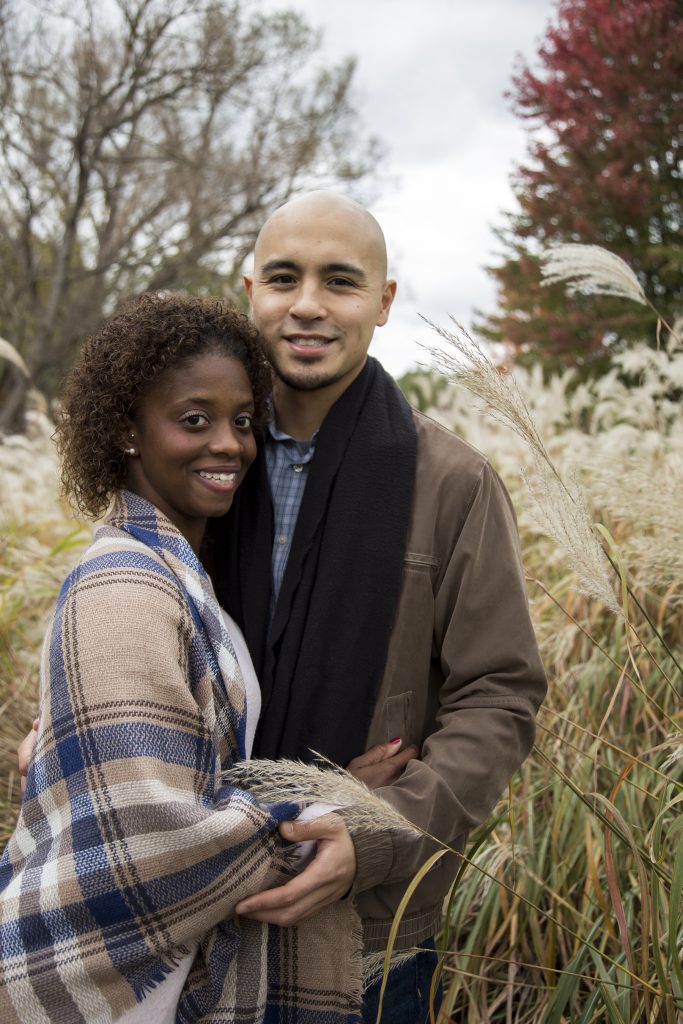col·our·ism /kˈʌləɹˌɪzəm/
noun
- differential treatment based on skin colour, especially favoritism toward those with a lighter skin tone and mistreatment or exclusion of those with a darker skin tone, typically among those of the same racial group or ethnicity.


In this section, we’ll examine colourism, how it manifests into controversial practices like skin lightening and the concept of white privilege.
Colourism around the Globe
Colourism is a huge problem around the world. For example, in China and some East Asian countries dark-skinned people are looked down upon while lighter-skinned people are praised and given more opportunities.
In China dark-skinned people are seen as poor or low class. Your skin tone determines socio-economic status, with those with darker skin subjected to working outdoors doing manual labor.
In Brazil, dark-skinned Black people are called “pretos” and brown-skinned or lighter-skinned Blacks are “pardos.” Although, historically those who were “not so Black” may have been treated better by society, they still didn’t have the advantage of white privilege. These terms do, though, create division amongst people of colour in Brazil.
In the United States, colourism has seen division between light-skinned
Black people and dark-skinned Black people and other racialized groups. A light-skinned Latino can make $5,000 more than a dark-skinned Latino. Researchers found that of the 12,000 African American women imprisoned in North Carolina, the light-skinned Black women received shorter sentences.
Dark skin is sometimes associated with a more threatening presence. An infamous controversy arose when TIME Magazine darkened and modified OJ Simpson’s mugshot on the cover of the magazine in 1994. Responding to the backlash and criticism, editors said they intentionally darkened the image to give him “a more sinister appearance.”
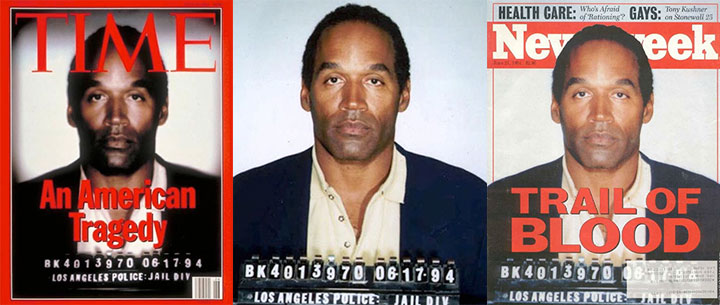
Time’s cover is on the left, Newsweek’s on the right.
Readers didn’t perceive it as evil, but racist. James R. Gaines, the managing editor of Time at the time spoke out about the accusations stating,
“It seems to me you could argue that it’s racist to say that blacker is more sinister, but be that as it may: To the extent that this caused offense to anyone, I obviously regret it.”
In a society where we dehumanize someone based on their skin colour, marriage is more complicated when you or the person you’re marrying is not good enough because of skin colour.
In many countries, interracial marriage or marrying someone of a darker complexion is seen as wrong.
In India, fair-skinned women are perceived as preferred candidates for marriage, while dark-skinned women are rejected.
A lot of the time, colourism starts at home, with parents and family members comparing siblings’ skin colour. Our project coordinator, Manesa Dhanabalan, shares her personal story of as a child being told she would be “prettier” if her skin were lighter.
Skin Lightening
Skin bleaching is the practice of using various chemicals with the intent to lighten skin tone, reducing melanin concentration. Having lighter skin is considered to be a sign of beauty and social standing. Skin lightening products are big business, but the products are considered extremely dangerous because many products contain harmful chemicals.
However, celebrities endorse lightening creams and fly to places like Nigeria to promote these creams, places where people already struggle with the way society looks at darker-skinned people.
A popular Jamaican dancehall artist, Vybz Kartel, is not only know for his catchy songs but his famously bleached skin. He talks about it openly in his songs. In one of his songs, “Cake Soap” he says,
“Cool, like mi wash mi face wit di cake soap…Look Pon We…di gyal dem love off mi bleach out face.”
Fair and Lovely is a skin lightening cosmetic product that works in reducing pigmentation in the skin. It was introduced to India in 1975 while selling the “fair skin is beautiful” vibe.
Skin lightening creams pull in $400 million U.S. annually, and by 2024 that figure is expected to triple $31.2 billion.
In the Shades of Black series from The Guardian Black women came to together and shared their thoughts on colourism. The clip below comes from Twitter, but the full interview can be found on The Guardian’s website.
The Colours of Racism
You may have heard or said the phrase, “I don’t see colour.” Howard Schultz, former Starbucks CEO, sparked controversy after answering a question on racial bias by claiming he did not “see colour.” He was speaking about the arrest of two Black men at a Philadelphia Starbucks last year. But as spoken-word poet Britta Badour explains, if you don’t see colour you’re ignoring the problem of racism.
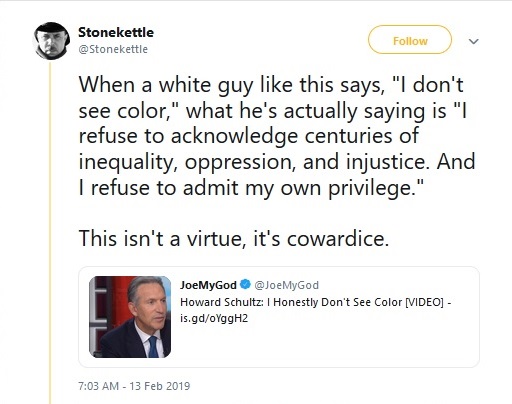
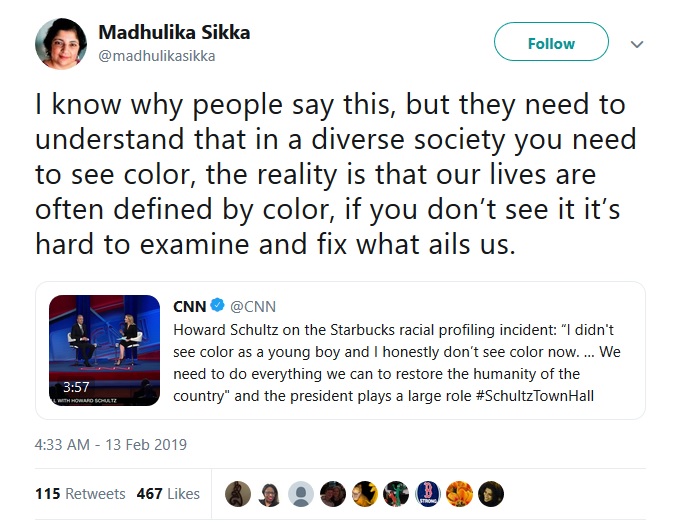
In another Twitter conversation, one of the Black men who was arrested for sitting at a Starbuck’s table because he hadn’t ordered anything responded to a comment made by a white man about working in a coffee shop for hours without being disturbed.
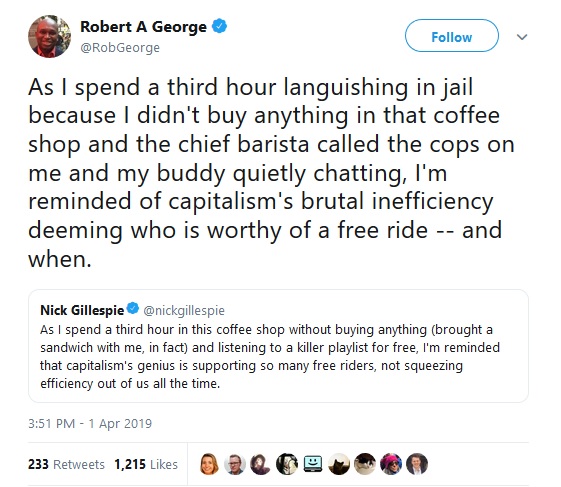
Interracial Marriage
According to Stats Canada, in 2011, mixed marriages made up only 4.6% of Canadian marriages. Of those marriages, 49.2% were between a Canadian-born person and someone born elsewhere, just over 19% involved two people born from different countries outside of Canada, and in just over 25% of these couples both parties were Canadian-born.
Just 50 years ago in the U.S. interracial relationships were illegal, you could be punished by imprisonment if “a coloured person” was seen cohabitating with whites. Now, the number of interracial marriages has increased five times since 1967.
Yanique Brown and Christopher Guierra met three years ago on an online dating website. A week later they had their first date and the chemistry was palpable. A first date led to a second and a second to a third and this summer they’ll be married.
Yanique is Jamaican-born; she moved to Canada 14 years ago as a teenager. Christopher, born in the Philippines, also moved to Canada as a teenager.
As a child, Christopher never saw a Black person in the Philippines. However, as a young adult, he dated outside of his race including Black women. Yanique had also dated outside of her race and neither saw race as being a significant factor in finding a mate, similar religious beliefs was the priority. In the podcast below, we get a glimpse into the relationship of this interracial couple. After the podcast, we’ll explore white privilege.
White Privilege
Ryerson University defines white privilege as
“…a socio-political system that distributes power, privilege and benefits unequally among groups in societies and countries in our world.”
White privilege is the view that being white gives you more power and unwarranted privilege because white people are less likely to be affected by racism.
In 2018, Canada hosted its first white privilege conference. Ryerson’s vice-president of equity and community inclusion, Denise O’Neil Green, and University of Toronto’s women and gender studies director, Rinaldo Walcott, spoke about white privilege and gave everyday examples.
“Let’s say (a Black person) enters a department store and they want to buy a pair of pants in the men’s section and a T-shirt for their child in the children’s section. They will make sure to pay for those pants in the men’s section and then go to the children’s section…The reason we pay before going to another floor is because we know that the possibility of being accused of shoplifting exists for us. That’s an example of white privilege.”
Peggy McIntosh published an article called “White Privilege: Unpacking the Invisible Knapsack.” She speaks as a white woman against white privilege and created a check-list on things, simple things, that she is able to do that other races can’t.
- • I can easily buy posters, post-cards, picture books, greeting cards, dolls, toys, and children’s magazines featuring people of my race.
- • I can be pretty sure that if I ask to talk to “the person in charge,” I will be facing a person of my race.
- • If I should need to move, I can be pretty sure of renting or purchasing housing in an area which I can afford and in which I would want to live.
- • I can be pretty sure that my neighbors in such a location will be neutral or pleasant to me.
- • I can go shopping alone most of the time, pretty well assured that I will not be followed or harassed.
- • I can turn on the television or open to the front page of the paper and see people of my race widely represented.
- • When I am told about our national heritage or about “civilization,” I am shown that people of my color made it what it is.
- • Whether I use checks, credit cards or cash, I can count on my skin color not to work against the appearance of financial reliability.
- • I do not have to educate my children to be aware of systemic racism for their own daily physical protection.
- • I can swear, or dress in
second hand clothes, or not answer letters, without having people attribute these choices to the bad morals, the poverty or the illiteracy of my race. - • I can do well in a challenging situation without being called a credit to my race.
- • I can criticize our government and talk about how much I fear its policies and behavior without being seen as a cultural outsider.
- • If a traffic cop pulls me over or if the IRS audits my tax return, I can be sure I haven’t been singled out because of my race.
- • I can go home from most meetings of organizations I belong to feeling somewhat tied in, rather than isolated, out-of-place, outnumbered, unheard, held at a distance or feared.
- • If my day, week or year is going badly, I need not ask of each negative episode or situation whether it had racial overtones.
Whenever the term “white privilege” comes into a conversation, defensive and protective walls often go up. However, white people need to understand how prominent white privilege is in society.
A hashtag blew up on Twitter in March of 2019 called “#MyWhitePrivilege.” The sometimes divisive commentary is captured in the tweets below.
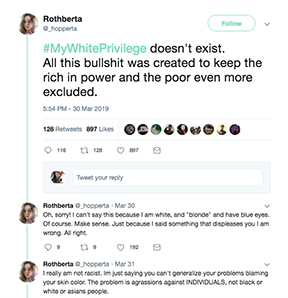
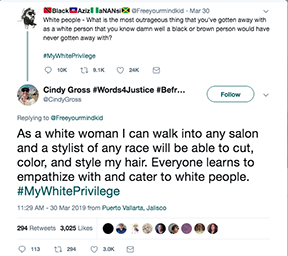
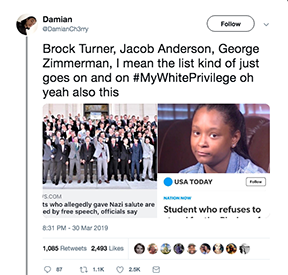
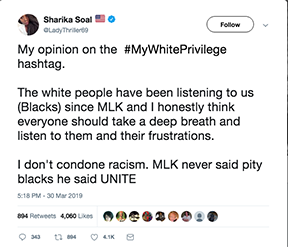
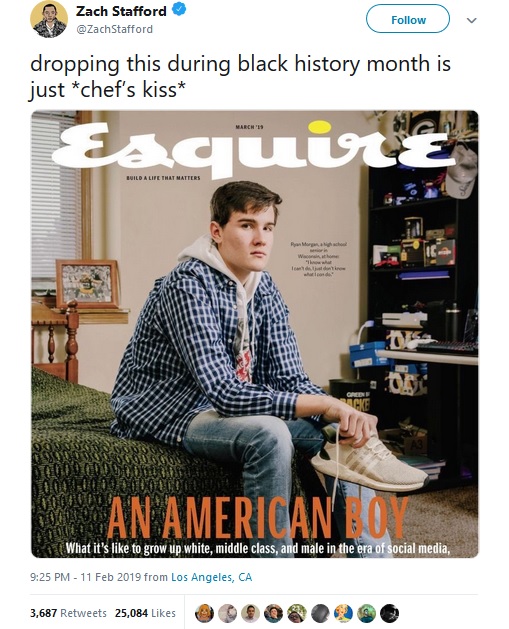
This last Twitter post is a bit different, commenting on an article about a white American boy’s experience growing up. This could be seen as an example of white people’s experiences being portrayed as being as challenging as those of racialized groups.

Racism in Hollywood
White actors have primarily dominated Hollywood for years. In 2007, the industry reported that 70% of its working actors were white. However, there have been changes over the last couple of years. Films such as Black Panther started a movement of diversity as well as becoming one of Marvel’s biggest hits. Another successful example was an almost all Korean cast Train to Busan. The film was a hit in North America.
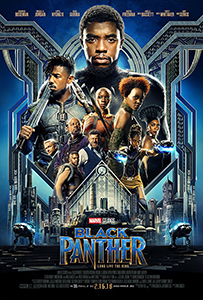

Rap duo Darren Metz and Quinton Nyce are bringing awareness through music to negative Indigenous stereotypes. The Snotty Nose Rez Kids are trying to push past the negativity that is portrayed in a lot of late 90s Disney classics. They claim films such as Peter Pan and Pocahontas shed a bad light on the Indigenous community. The rappers use racism against Native Americans as inspiration for their music. Although these films are great for the industry, actors and audiences have noticed, “whitewashing” in several films.
Whitewashing
Whitewashing is when an actor of a different background is not given the opportunity to play a role meant for their race. Instead a white actor is cast and, therefore, the film is considered “whitewashed.” Some examples of this include Dragonball Evolution, and Avatar. Both film adaptations used white actors to portray radicalized characters. As seen in the graphic below, Hollywood still has a long way to go in terms of making other races feel accepted and included in films.
In the graphic below we’ll show you that Hollywood is predominantly White by showing the race representation from 2007-2017. Below the graphic we’ll tell you about what to expect in the next section.
In the next section we’ll examine what we can all do to reduce and eliminate racism on an individual and institutional level. Check it out in Moving Forward.
